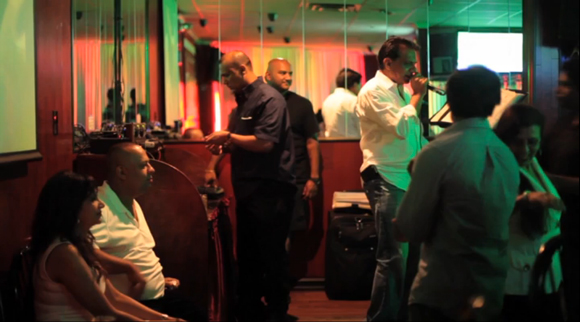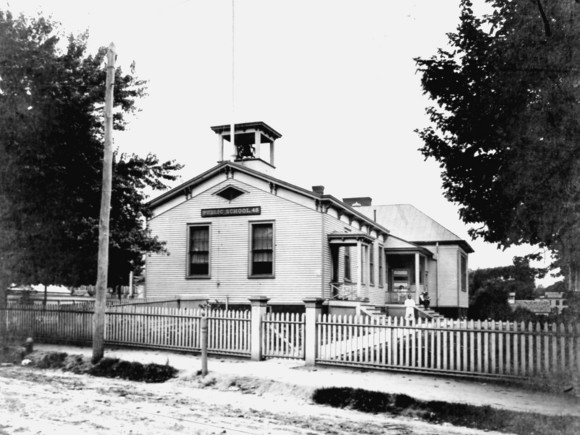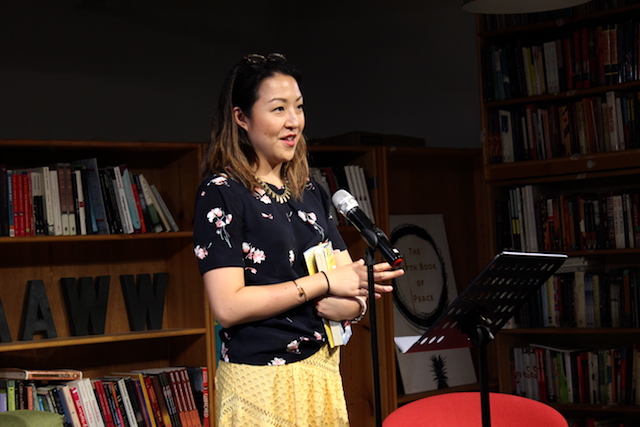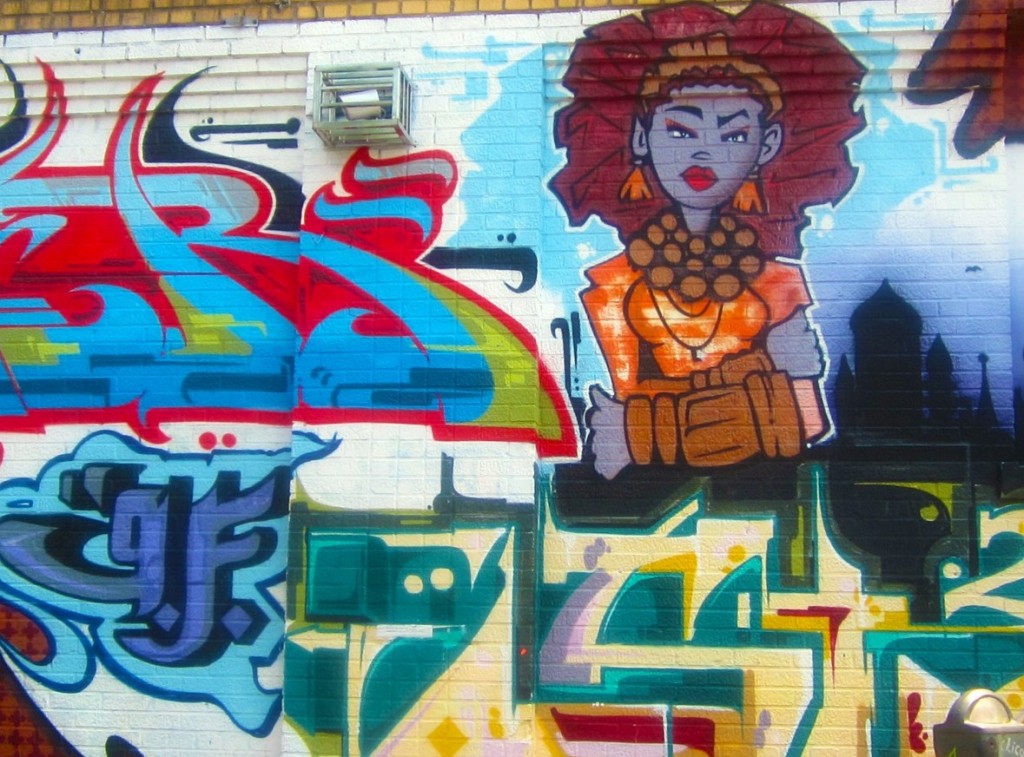As I studied my surroundings, I found things that defied explanation. For some matters, the closer I looked, the more elusive any resolution became.

October 3, 2013
“This is what you meant? Didn’t know what this neighborhood was called.”
That was Alain “KET” Mariduena’s response when I asked him to accompany me one morning to look at graffiti in Richmond Hill.
Mariduena, a NYC native, graffiti artist, and urban historian, didn’t recognize the name “Richmond Hill.” He thought he’d never been to the area. As it turned out, the opposite was true: twenty-five years ago he spent late nights and early mornings painting trains there. (See “Everything Is A Surface.”) Back then, KET and his crew could be found dangling from rusty platforms and crawling into subway labyrinths. His memories of making renegade art were vivid, but he admitted that some neighborhoods were simply a blur: “I thought this was just called Jamaica.”
Mariduena’s lack of a place name for these streets suggests how little name recognition this community of brown-and-browner immigrants—each papered over the next—has, even amongst lifelong New Yorkers.
And yet for the few hundred thousand who live in these battered Georgian and Cape Cod-style houses–sandwiched between industrial yards and storefront temples–Richmond Hill is its own galaxy.
Unlike Brooklyn, however, which is seen as culturally sophisticated, the language for this part of Queens is lacking. When the New York Times recently ran articles about Richmond Hill, they described the neighborhood as a marvel, a place to “eat Caribbean cuisine, shop for Bollywood movies” where “some people can’t handle the pepper sauce.”
Having lived here since 2005, I had some feeling for the complexity of this community. There’s exploitation of immigrant labor, police violence, increasing poverty as well as cultural and political resistance to oppression. I wanted to write about these things, how much people’s daily lives were engaged with the political histories from where they came, to complicate the existing narratives of food and festivity, of piousness and thrift.
In the last year, many details I had not seen before came slowly into focus. I met an undocumented Punjabi teenager who is working off his debts in the back of a kitchen. A Guyanese Muslim math teacher shared with me her anxieties about her sons being racially profiled. And a Queens historian described how, in the 1600s, African slaves were hung in the old town square.
Yet, as I studied my surroundings, I found things that defied explanation. For some matters, the closer I looked, the more elusive any resolution became. It reminded me of a moment many years ago when I was discussing physics with my father, a scientist. Fewer graduate students, he said, were being drawn to the subject. The funding sources were depleting. But didn’t we know so much already? How many problems, I asked, remained to be studied?
“If everyone in the world was working on new physics, there would still be equally many problems we didn’t understand,” he said.
I now see my year of writing in Richmond Hill as no different. The longer one looks, the faster new stories and questions appear. The best you can do is behave like a graduate student. Pick an area, scratch at it till your understanding grows, and write down what you know.
[Editor’s Note: We invited Nabil Rahman, the mind behind Pineapple And Milk, to create videos inspired by Open City stories. Want to see/hear more? Come to the Open City session at Page Turner at Roulette/YWCA, Saturday, Oct. 5th, 11AM. Anelise Chen, Rishi Nath, and Sukjong Hong, Open City Fellows from the past year, will discuss their year of writing creative nonfiction about New York.]
Video by Nabil Rahman.




